12 Biggest Home Theater Mistakes
We’ve been doing AV for a long time. Long enough to compile a list of mistakes people make in their home theaters over and over. Yes, if you invite us over, we will judge your TV setup. Yes, our fingers will twitch as we want to grab the remote to change the settings on your TV. We will judge your speakers, your couch, heck even your lighting. It’s the way we are. So, we’ve listed 12 of the biggest mistakes we see in other people’s home theaters. Don’t worry if some of them apply to you. Some of them apply to us as well.
We’ve broken our list into three categories – Setup, Aesthetics, and Other.
Biggest Home Theater Mistakes: Setup
Setting up a home theater is not easy. We know that. Many people read the manual (kinda) and just wing it. If they get into trouble, they do an Internet search. We get that. We don’t blame anyone. But here are some of the biggest mistakes we see when we enter other peoples’ home theaters.
Wrong Size Screen

Probably the number one mistake we see people make in their home theaters is buying the wrong size screen. Usually, it is a screen that is much too small, but it can sometimes be one that is too large. In the case of the small screen, people often live with a TV for years. They move apartments, homes, rooms and the TV doesn’t change. When they shop for a new one, they don’t think about the room they are NOW in. Instead, they look at the size of TV they have and buy the next one up.
Your screen size is determined by how far away you sit from it. If you are sitting 12 feet away from a 50″ screen, that is too small. Think of how much of your vision is filled by the screen at the movie theaters. That is how big your screen at home should be. Well, relatively speaking. It should fill up that much of your vision.
Less commonly, we see people that buy screens that are much too large. This happens when someone decides they are going to get a projector and they realize that the difference in price between a 135″ diagonal screen and 92″ isn’t that much. Why not go for the biggest you can fit?
Motion sickness. That’s why.
Having too large of a screen is an uncommon home theater mistake, but we’ve seen it. It is like sitting in the front row of a movie theater. You need to move your eyes around to see the edges of the screen. Fast motion is completely blurry and can induce nausea. And don’t even think of playing a first-person shooter on the thing. You’ll need Dramamine just to get through a movie. Don’t do this.
For more information, check out our Choosing the Right Screen Size article!
Improper Speaker Setup

Too many people set up their room for viewing their TV, and then try to figure out where to put the speakers. While we understand how this can happen chronologically, it doesn’t excuse some of the speaker setups we’ve seen. We’ve seen an entire satellite speaker system all at the front of the room in a bookshelf. We’ve seen the speakers all stacked on the “bass module” off to the side. Honestly, we’ve seen it all.
Having all the speakers shouldn’t be the goal. The goal is to make sure you are getting proper surround sound at your main listening position. That means front left and right speakers flanking your display (at least as far apart from each other as the arms of your couch). It means that the surrounds are to the sides of you (though, having them farther back isn’t the worst thing in the world). The center should be placed near the center midpoint (either above or below) the display. Get those things right and you’ll experience proper surround sound. You’d be surprised how many times people get it wrong.
For more information, check out our Home Theater Setup article!
Misplacing Your Subwoofer(s)
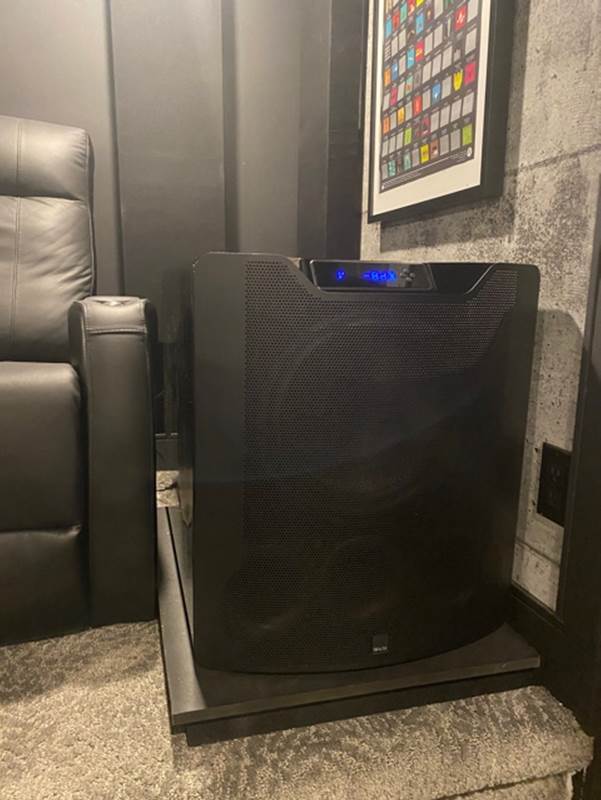
Placing a subwoofer isn’t an easy task. Even for those that are enthusiasts, there is a lot of misinformation out there. While we would prefer you get two subwoofers, having one is absolutely essential. Too often, however, subs are placed where it is convenient without thought to performance.
You can place a single sub through a simple process called the Subwoofer Crawl. This has you placing your sub on your main seat (yes, on the couch) and testing each available subwoofer location for the best response. Too often we see people throw their sub at the front of the room simply because they think it needs to be near the other speakers.
Likewise, owners of dual subwoofers often make the mistake of placing both their subs near the front left and right speakers in their home theater. This comes from an age-old belief that the subs should be near these speakers. This has been thoroughly debunked and we now know that dual subs should be placed across the room from each other. And yes, we know that many manufacturers feature pictures of rooms with both subs at the front. This reminds people that buying two subs is an option and it is way easier to show in a photograph than two subs across the room from each other.
For more information, check out our Subwoofer Setup article!
Improper Display Mode
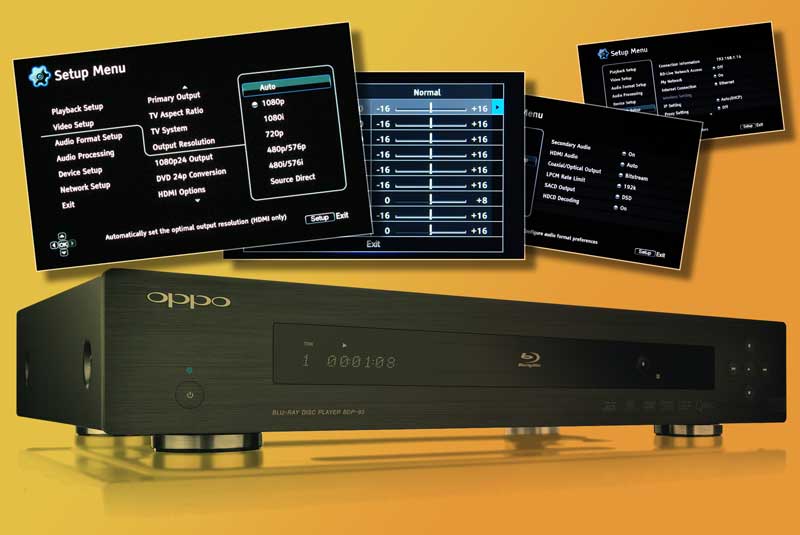
If it looked great in the store, it should look great at home, right? Not exactly. The default mode for most TVs is set so that they “pop” at the stores. This got your attention and you made a purchase. But the store is a much different environment. It has harsh lights, the TV was far away on a wall, and it was next to 20 other displays. The manufacturers know that and make sure that every setting is maxed out to get your attention.
A common home theater mistake is to use the default picture mode on their displays. Fortunately, the fix is often quite easy. Most displays these days have a Cinema or Dark or Home Theater mode. Changing to these modes will usually correct most of the settings.
You’ll want to spend a few minutes looking through the Internet for setting recommendations for your specific display. If you have a newer one with Dolby Vision, 4K, and HDR, there are some settings that can be confusing. These settings can make your picture look dim, the colors wrong, or even make everything look too smooth. If you need specific help, reach out to the AV Rant podcast. They answer all your AV and Home Theater questions!
Skipping Home Theater Gear Protection

We all know we should plug our electronics into a surge protector. That’s the easy part. But there are a lot of wires going into your home theater. Any one of them can carry a surge into your home theater. It is important to make sure ALL avenues of surges are protected.
Are you running an ethernet cable from your router to your home theater for better streaming? That router better be protected. What about the cable that is coming into your cable box? That cable needs to be protected as well.
On top of that, some of your gear needs to cool down when it is turned off. Some displays and ALL projectors need to run through a cool-down cycle. If you don’t let them, you can seriously damage your gear. Having a battery backup for these pieces of home theater gear is a must!
For more information, check out our Battery Backup article!
Biggest Home Theater Mistakes: Aesthetics
We agree that aesthetics are important. Let’s just start there. In our own home theaters, we make compromises for aesthetics. It’s okay. We’re with you.
That said, more mistakes are made in home theaters in the name of aesthetics than anything else. We know that you want your rooms to look good and to be functional. But if you plan carefully and are willing to compromise a little, you’ll find that you can maintain the aesthetic you are going for while maintaining a functional home theater.
Buying Speakers Because of Looks
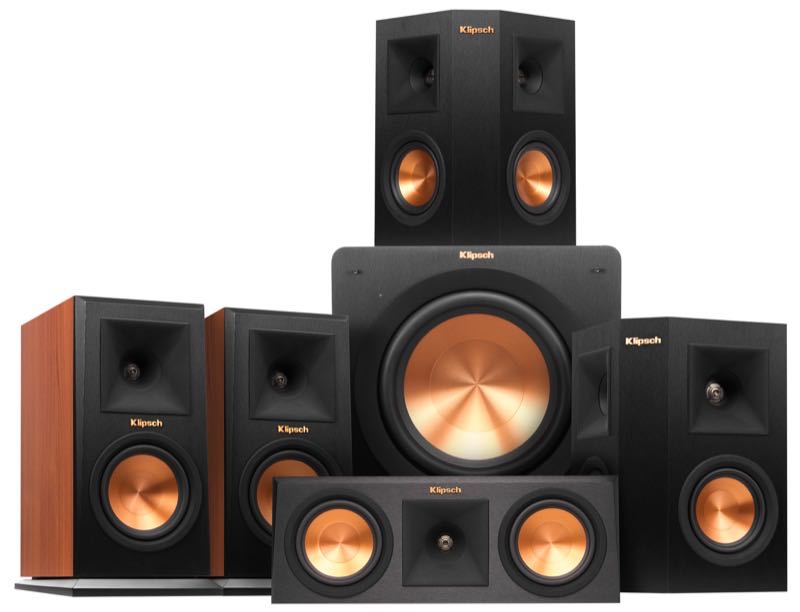
We understand that any speakers you buy you will have to live with and look at. We get it. But when you shop for speakers, you need to consider how they will be used. Are they going to be twenty feet away from you? I know some of you want small speakers but you just won’t be able to hear them and you may damage them trying to get them loud enough. We know that your favorite color is red but limiting your speaker options to only glossy red seriously limits your options.
Instead, decide what speakers you NEED for your room, listen to all the speakers you can to decide what you LIKE, and then shop accordingly. This puts you in a position to know that what you put in your room will be appropriate for the space, and will produce a sound you like. You can find someone that will make a speaker that fits those parameters that will also look the way you want. You might have to pay more, but you can find it. Better to start with functionality before looks rather than the other way around.
For more information, check out our How to Shop for Speakers article!
Buying Speakers Because of Performance
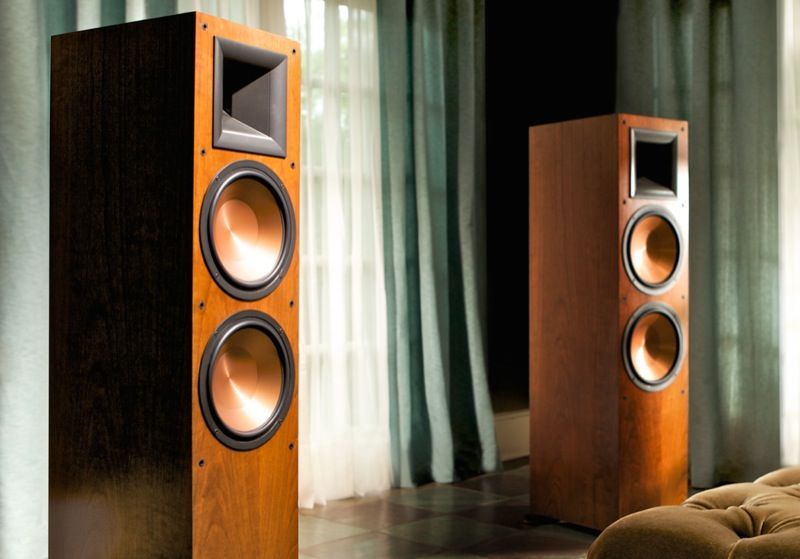
On the other end of the spectrum are those that decide that they have found the “perfect” speaker for them and buy them without thought to their room or how they will be used. We’ve seen massive tower speakers in tiny rooms. Subwoofers that are so large that they could double for a coffee table in a room the size of a kid’s bedroom.
Overbuying speakers is just as bad as buying speakers that are too small. These large speakers are designed with large rooms in mind. They aren’t meant to be experienced nearfield. They sound best from a distance because of their design. Sure, you may plan on buying a bigger house with a larger room someday. But you might not. For now, get the speakers that work with your room and worry about upgrading when you get that new house.
For more information, check out our How to Shop for Speakers article!
Mismatching Subwoofers and Room
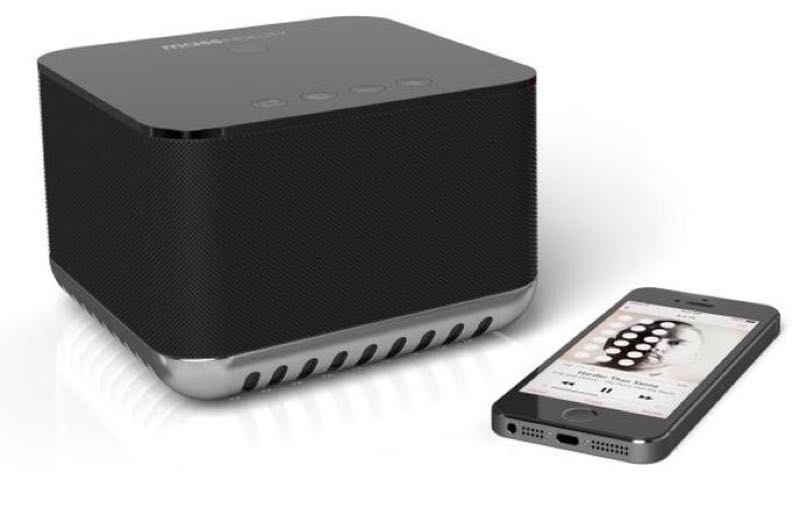
Putting a small sub in a large room is liking asking a kindergartener to do calculus. You’ll be disappointed in the results and you’ll likely break the child. Picking a subwoofer that has the right looks or is the right size for some predetermined spot in your home theater is a huge mistake. Yes, many subwoofers are huge black boxes. But not all of them. Plus, there are options out there for custom colors, designs, and sizes.
The rule of thumb for subwoofers is you can have low/loud, small, or cheap – pick two. If you have a large room, you need something that can fill the room. Either you’ll end up with a large sub or you’ll have to pay extra for something that is small. It isn’t that you can’t get everything you want in a sub. It just means you’ll either have to pay a premium or make a compromise.
For more information, check out our Subwoofer Buying Guide article!
Ignoring the Room Effects

Most people buy a TV and some sort of sound system and don’t give a second thought to the room. Room acoustics play a huge part in how the bass sounds in your room. The color of your walls can affect how you perceive the colors on your screen. Whether or not you have a carpet can even make a difference.
There are lots of considerations you can take for your room that cost very little money. Tired of your small screen? Move your couch closer. Can’t hear the dialogue? Consider adding sound absorbers behind your head. Want the bass to shake your couch but don’t have the money or space for more subwoofers? Consider adding tactile transducers. Blackout curtains can help control ambient light, grey paint can cut down on reflected light, and bias lighting can improve your picture without upgrading your display.
Most important is how the room affects your sound. Sound bounces around your room, reflecting off your walls. Adding sound-absorbing panels can make a huge difference in how your home theater sounds. Ignoring home theater acoustics is a huge mistake. And not every sound panel has to look like a big, black rectangle. Places like GiK have starting offering printed panels. Got a family photo you love? Have it printed on a panel and let it do double duty!
For more information, check out our Room Acoustics and 10 Upgrades to Your Home Theater articles!
Other Home Theater Mistakes
Home theater mistakes don’t start and stop with displays and speakers. There are plenty of pitfalls to avoid when setting up your home theater.
Not Thinking About Cooling
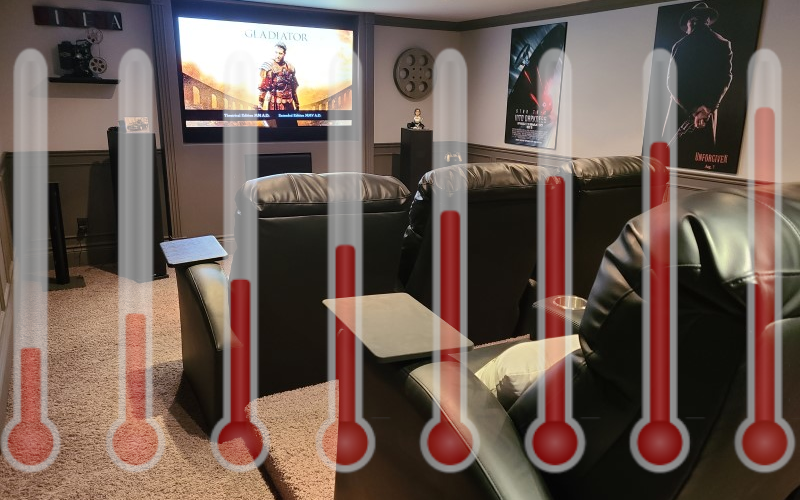
Getting a home big enough to support a dedicated room for your home theater is the dream of every enthusiast. But that dream can often lead to a whole host of unintended problems. One of them is cooling. Having a dedicated room with a projector, big screen, and lots of room treatments can lead to a very hot room. Add in dedicated amps and other electronics that give off heat, and you’ll be wondering what to do.
If you are building a house from scratch, you can plan for this and get an AC installed with a dedicated zone that is just your home theater. If you not, you may want to consider a mini-split AC system. While they are not cheap, they are efficient and fairly easy to install. Plus, they are often quieter than your normal AC vents.
For more information, check out our Best AC for your Home Theater article!
Skipping Easy Home Automation
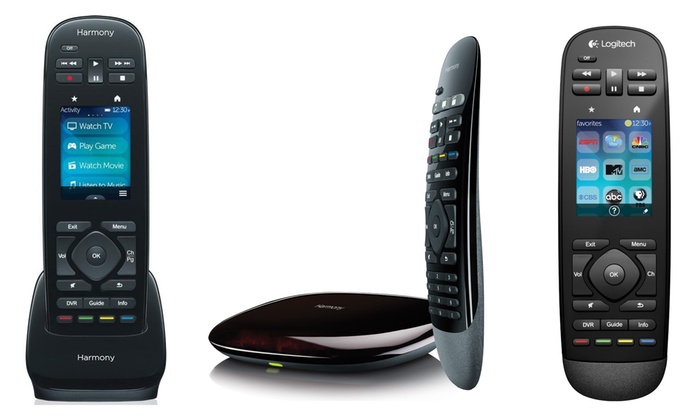
We’ve seen it a thousand times before. A basket of remotes on the coffee table an only one person in the house who knows how to turn on the TV. That’s no way to live.
With all the connected devices out there, you can control most new electronics from your phone. But, in the end, simply investing in one of the hub-based Harmony remotes can absolution change your life. Not only can they control every device in your home theater, but they are also likely compatible with other home automation devices you already own. Have a voice assistant like Alexa or Google Assistant. Harmony works with that. Suddenly, you can turn on your home theater with a voice command. How cool is that?!
For more information, check out our Essential Apps for Your Home Theater article!
Believing the Hype

Lastly, it is so easy to believe the marketing hype out there. Once you see enough commercials, you just start to believe their spiel. On the other side, if you spend any time on AV forums, you’ll observe a product suddenly getting a ton of attention. The price is incredible and, according to forum posters, they are “blown away” by the performance. We’ve seen it over and over. These products rarely live up to the hype and will fade from view in a couple of months.
Most importantly, don’t believe the lies about high-end cables. High-end cable manufacturers will tell you that their speaker or interconnect or power cord will change the sound in your gear. Heck, you can read reviews claiming the same thing. It is all garbage. The only effect a cable can have is negative. Either it passes the signal through successfully and unmolested, or it changes the signal. In the business, we call this distortion. And distortion is bad. Buy cables that work. They don’t have to be expensive.
Conclusion
There are a lot of home theater mistakes we see, and we’ve listed some of the biggest. Yes, there are more. But this article is long enough and we’ve got shopping to do. For now, remember that just a few minutes of forethought can help you avoid a lot of these mistakes. Have a pet peeve you see in other people’s home theaters? Let us know in the comments below and maybe we’ll include them in future articles!


